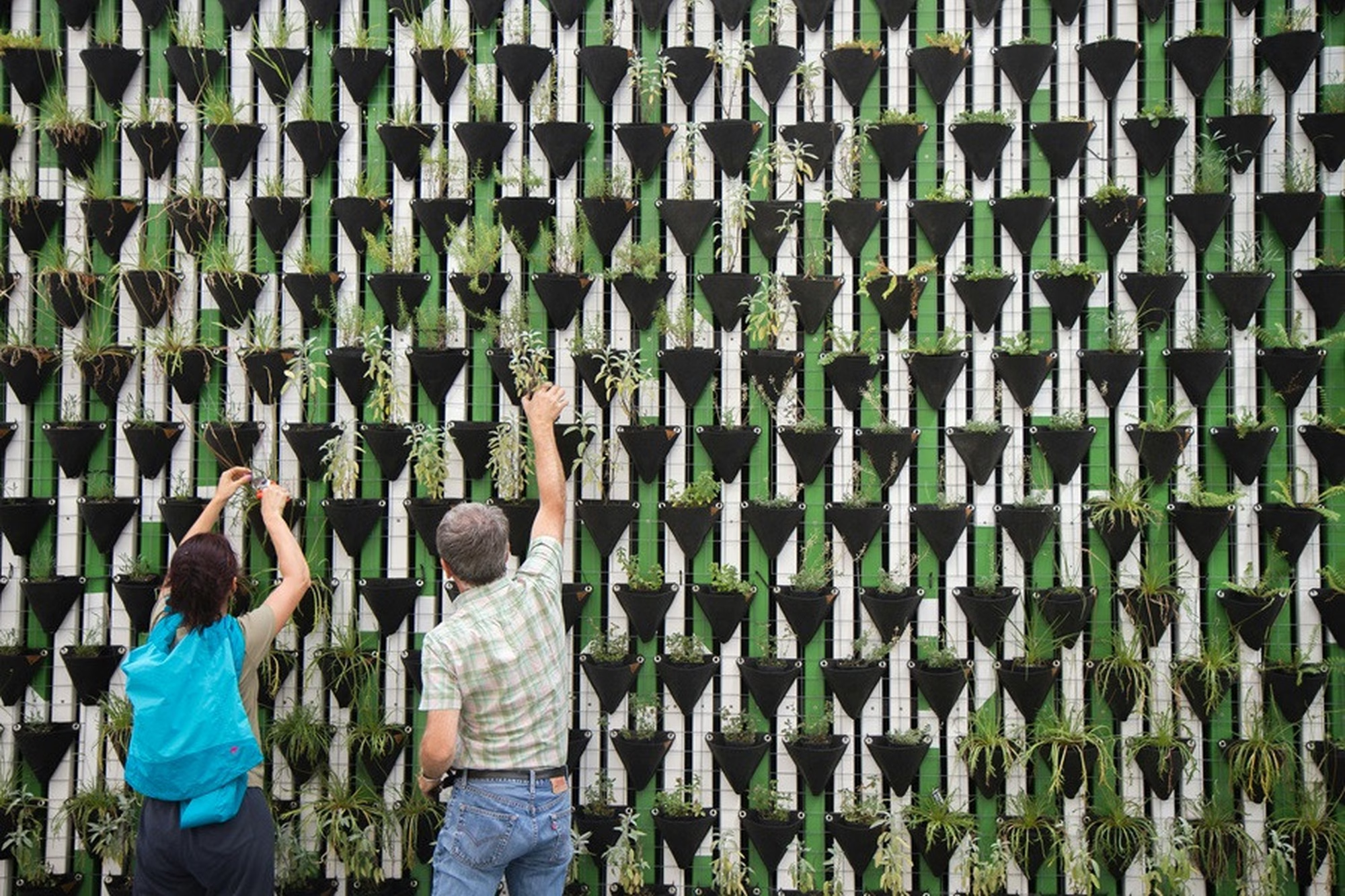In the realm of gardening, space constraints can often be a limiting factor, especially for urban dwellers or those with limited outdoor areas. However, with the advent of vertical gardening techniques, individuals can now maximize their gardening space and cultivate a bountiful vegetable harvest in even the smallest of spaces. At Starke Ayres, we understand the importance of efficient gardening practices, which is why we're excited to explore the benefits of vertical gardening and how it can revolutionize your vegetable-growing experience.
A Guide to Vertical Gardening
Unlock the potential of your garden space with Starke Ayres. Dive into the world of vertical gardening for a bountiful vegetable harvest.
1. Utilise Vertical Structures
Vertical gardening involves growing plants upwards instead of outwards, making use of various vertical structures such as trellises, walls, or hanging containers. By going vertical, gardeners can effectively maximize space and grow a wider variety of vegetables within a smaller footprint.
Now Read: STAR 2001 Finds A Niche In Eswatini
2. Choose Compact Varieties
When embarking on a vertical gardening journey, it's crucial to select compact varieties of vegetables that are well-suited for vertical growth. Opt for bush or dwarf varieties of tomatoes, cucumbers, peppers, and beans, as they require less space and can thrive when grown vertically. Additionally, consider vine crops like squash and melons, which can be trained to grow upwards with proper support.
3. Plan for Sunlight Exposure
Proper sunlight exposure is essential for the success of any garden, including vertical gardens. When planning your vertical gardening setup, ensure that your chosen location receives ample sunlight throughout the day. Position your vertical structures strategically to optimize sunlight exposure for your plants, taking into account factors such as the angle of the sun and potential shading from nearby structures or foliage.
4. Implement Efficient Watering Systems
Effective watering is crucial for maintaining healthy plants in a vertical garden. Consider installing drip irrigation systems or utilizing self-watering containers to ensure consistent moisture levels for your vegetables. Mulching the soil surface can also help retain moisture and reduce water evaporation, particularly in hot and dry climates.
5. Embrace Companion Planting
Companion planting involves growing different types of plants together to maximize space, deter pests, and improve overall garden health. Incorporate companion plants such as herbs, flowers, or beneficial insect-attracting plants into your vertical garden to create a diverse and harmonious growing environment. Not only will companion plants help maximize space, but they can also enhance the flavor of your vegetables and attract beneficial pollinators.
For Quality Seeds, Choose Starke Ayres
Vertical gardening offers a practical solution for maximizing space and achieving a bountiful vegetable harvest, even in the most confined of gardening spaces. With the right techniques and plant selection, gardeners can transform their outdoor areas into thriving vertical gardens bursting with fresh produce. Ready to embark on your vertical gardening journey? Explore Starke Ayres' wide range of vegetable and flower seeds, and expert advice to get started today and unlock the full potential of your garden space!
Now Read: New Butternut varieties show promise for winter and early production in the Cape
